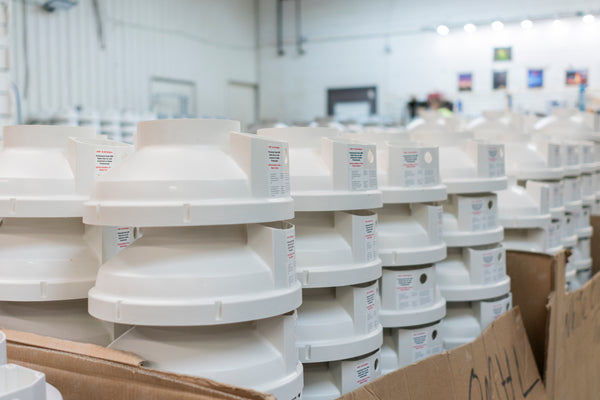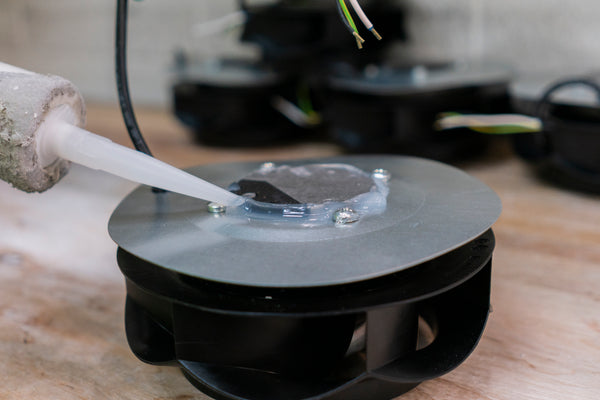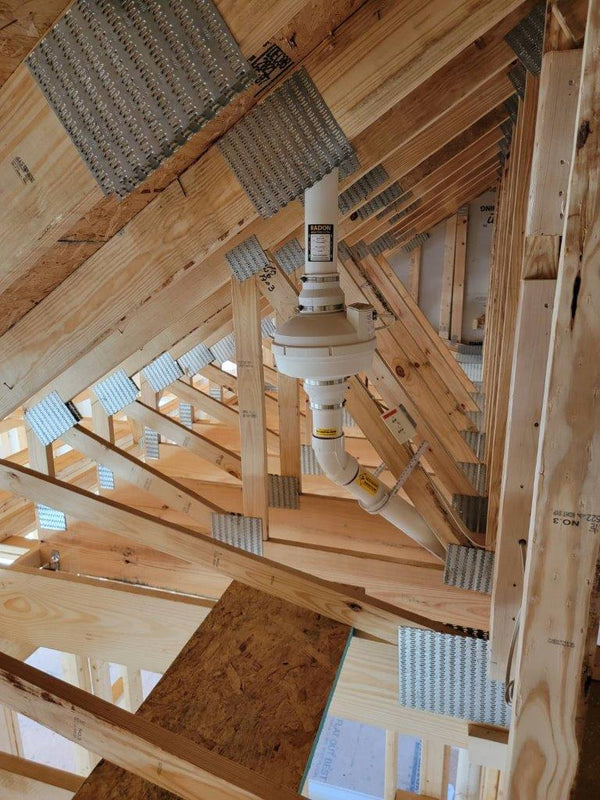
Choosing Between AC and EC Radon Fans Based on Your New Home’s Needs
Setting up a radon mitigation system becomes a top priority when moving into a new home,
especially in a region with a known radon presence. Radon is a naturally occurring radioactive gas that seeps into homes through soil and can pose serious health risks. Thankfully, radon mitigation systems equipped with fans can effectively manage radon levels. However, many homeowners question whether to choose between AC and EC radon fans. This choice can influence how well your system performs and your home’s energy consumption, noise levels, and even long-term costs.
Understanding Radon and Why It Matters
What Is an AC Radon Fan?
AC radon fans have been the traditional choice for radon mitigation for years. They operate using standard alternating current electricity and are known for their durability and reliability. Many installers and homeowners are familiar with these fans because of their long track record and straightforward setup.
An AC fan runs at a constant speed, which means it doesn’t adjust its power output based on how much radon is present. While they get the job done, they aren’t the most flexible or energy-efficient option, especially in homes where radon levels fluctuate or airflow demands vary throughout the year.
The Rise of EC Radon Fans
EC radon fans are a more modern solution that is gaining traction in the radon mitigation
industry. These fans use a brushless motor and digitally controlled speed. What sets EC fans apart is their ability to vary speed and power consumption based on demand.
This variable-speed feature allows them to operate more efficiently, adjusting airflow as needed without wasting energy. EC fans tend to be quieter and have a longer lifespan due to less wear and tear on internal components. They’re particularly appealing to homeowners who prioritize energy savings and low maintenance.
Installation and Maintenance Considerations
From an installation perspective, both fan types are generally easy to integrate into a radon mitigation system. The wiring diagrams for Festa AMG AC and EC Radon Fans are virtually the same. In terms of maintenance, EC fans often edge out AC fans. Their brushless design reduces mechanical wear, which translates to fewer breakdowns and longer service life.

AC and EC Radon Fans: Comparing Energy Efficiency
One of the biggest advantages of EC fans is their energy efficiency. Unlike AC fans, which draw consistent power regardless of the situation, EC fans use smart technology to adjust their energy usage. This leads to lower utility bills and reduced energy waste.
In homes where the radon system needs to run 24/7, this difference in energy consumption can be significant over time. Choosing an EC fan is a practical step if you're aiming to reduce energy waste and make it more sustainable. Not only does it lower utility bills, but it also contributes to a healthier environment without compromising safety.
The Cost Factor: Upfront vs. Long-Term
AC fans typically come with a lower upfront cost, making them attractive to budget-conscious homeowners. However, it's important to consider long-term expenses since AC fans use more electricity and may require frequent replacement or repairs so that they could cost more over the years.
EC fans, while more expensive initially, often prove to be more cost-effective in the long run. Their energy-saving capabilities and durability can make them a smart investment, especially for homes with high radon levels that demand constant mitigation.
Noise Levels and Comfort
Fan noise is another important consideration, particularly in homes with a radon system near living spaces or bedrooms. Depending on their size and model, AC fans can be relatively loud. The humming or whirring may become noticeable over time, especially in quiet areas.
EC fans are designed with noise reduction in mind. Their motors are quieter, and the ability to vary speed means they can run more softly when full power isn’t needed. For homeowners who value a peaceful indoor environment, EC fans offer a clear advantage.
Environmental Impact
Choosing the right radon fan also impacts your home's environmental footprint. Since EC fans consume less energy and often last longer, they contribute to reduced greenhouse gas emissions and fewer materials ending up in landfills.
As more homeowners seek ways to reduce their carbon footprint, opting for an EC fan can align with broader sustainability goals. It’s a small but meaningful step toward greener living, especially with eco-friendly upgrades like LED lighting, smart thermostats, and energy-efficient appliances.
Which Fan Is Right for Your Home?
Ultimately, deciding between an AC and EC radon fan depends on your home’s unique needs and priorities. If you're looking for a reliable, low-cost option and don’t mind the constant energy draw, an AC fan may suit you just fine.
But an EC fan is worth considering if your goal is to improve energy efficiency, reduce maintenance, and make your home more future-ready. The flexibility and control it offers can provide both comfort and long-term savings.
Homeowners building a new house or undertaking major renovations may benefit from installing an EC fan right from the start. It complements other modern upgrades and aligns with the latest trends in energy-efficient construction.
When to Consult a Professional
While AC and EC fans are relatively straightforward to understand, installing and optimizing them for your home setup should be left to the professionals. A certified radon mitigation expert can assess your home’s size, soil type, radon levels, and foundation structure to recommend the best system.
They’ll also help you understand whether your home might benefit from additional sealing, sub-slab depressurization, or other radon control strategies. Combining professional expertise with the right equipment gives you the best chance of keeping your indoor air safe.
Conclusion: Choose What Serves Your Home Best
Radon mitigation isn’t just a box to check when you move into a new house—it’s crucial to protecting your family’s health and comfort. Regardless of your decision between AC and EC radon fans, what matters most is that your system is reliable and effective. Take the time to evaluate your priorities. An AC fan might be enough if budget is your main concern and your home’s radon levels are relatively stable. But if you're interested in lower energy bills, quieter operation, and a system that adapts to your home’s needs, EC fans are an excellent choice.





